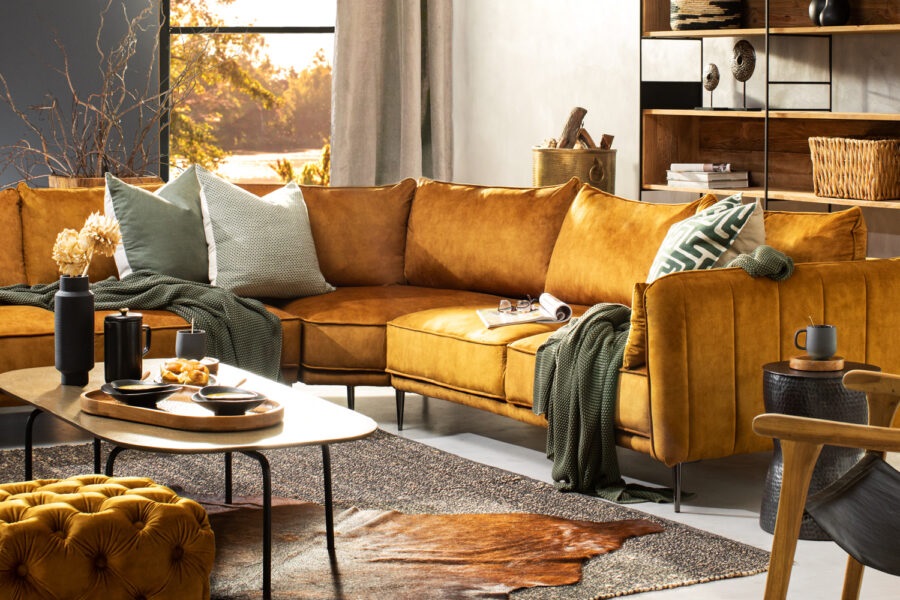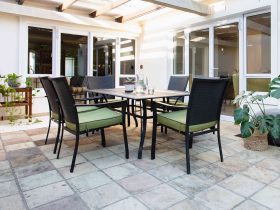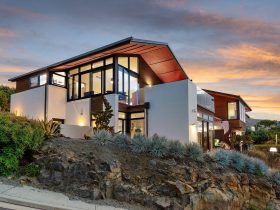Incorporating biophilic design into your home is more than just a trend; it’s a way to bring nature indoors and create a space that nurtures your physical and mental well-being. Biophilic design emphasizes the connection between humans and nature, leveraging natural elements to enhance living environments. Here’s a comprehensive guide on how to integrate biophilic design into your home.
- Maximize Natural Light
Natural light is a cornerstone of biophilic design. It not only brightens up your space but also has numerous health benefits, such as improving mood and regulating sleep patterns.
Tips to Maximize Natural Light
- Use Sheer Curtains: Replace heavy drapes with sheer curtains to allow more sunlight to filter through.
- Install Skylights: Skylights can dramatically increase the amount of natural light in your home.
- Reposition Furniture: Arrange your furniture to avoid blocking windows and maximize light flow.
Benefits
- Enhances Mood: Natural light boosts serotonin levels, improving mood and energy.
- Reduces Energy Costs: Utilizing natural light can reduce the need for artificial lighting, lowering energy bills.
- Incorporate Indoor Plants
Plants are a fundamental element of biophilic design. They improve air quality, reduce stress, and add aesthetic value to your home.
Best Plants for Indoor Spaces
- Snake Plant: Low maintenance and great for air purification.
- Spider Plant: Easy to care for and effective at removing indoor pollutants.
- Pothos: Versatile and can thrive in various lighting conditions.
Placement Ideas
- Living Room: Use large potted plants to create focal points.
- Kitchen: Small herb gardens can add greenery and functionality.
- Bathroom: Plants like ferns thrive in humid environments.
Benefits
- Improves Air Quality: Plants absorb toxins and release oxygen, making the air cleaner.
- Reduces Stress: The presence of greenery has been shown to lower stress levels and promote relaxation.
- Use Natural Materials
Incorporating natural materials like wood, stone, and bamboo can create a warm and inviting atmosphere. These materials not only look beautiful but also connect your home to the natural world.
Natural Material Ideas
- Wood: Use reclaimed wood for flooring, furniture, and accent walls.
- Stone: Incorporate stone countertops or fireplace surrounds.
- Bamboo: Utilize bamboo for flooring, blinds, and decorative elements.
Benefits
- Sustainability: Natural materials are often more sustainable and eco-friendly.
- Aesthetic Appeal: They add texture and warmth, enhancing the overall aesthetic of your home.
- Create Indoor-Outdoor Connections
Blurring the lines between indoor and outdoor spaces can enhance your connection to nature. This can be achieved through design elements that encourage seamless transitions between your home and the natural environment.
Design Tips
- Large Windows and Glass Doors: Install large windows and sliding glass doors to provide unobstructed views of the outdoors.
- Outdoor Living Spaces: Create patios or decks that extend your living space into the garden.
- Green Walls: Use vertical gardens or green walls to bring the outdoors inside.
Benefits
- Enhanced Views: Provides a constant visual connection to nature.
- Improved Ventilation: Encourages natural airflow, improving indoor air quality.
- Incorporate Water Features
Water features can add a soothing and tranquil element to your home. The sound of flowing water can reduce stress and create a calming atmosphere.
Water Feature Ideas
- Indoor Fountains: Small tabletop fountains can add a touch of serenity to any room.
- Aquariums: Aquariums not only introduce water but also aquatic life, enhancing the biophilic experience.
- Outdoor Ponds: If space allows, consider installing a pond in your garden.
Benefits
- Stress Reduction: The sound of water has a calming effect on the mind.
- Aesthetic Appeal: Water features can serve as beautiful focal points in your home.
Conclusion
Incorporating biophilic design into your home is a rewarding way to enhance your living environment and connect with nature. By maximizing natural light, incorporating indoor plants, using natural materials, creating indoor-outdoor connections, and adding water features, you can create a space that promotes well-being and sustainability. Embrace these biophilic design principles to transform your home into a sanctuary of natural beauty and tranquility.






